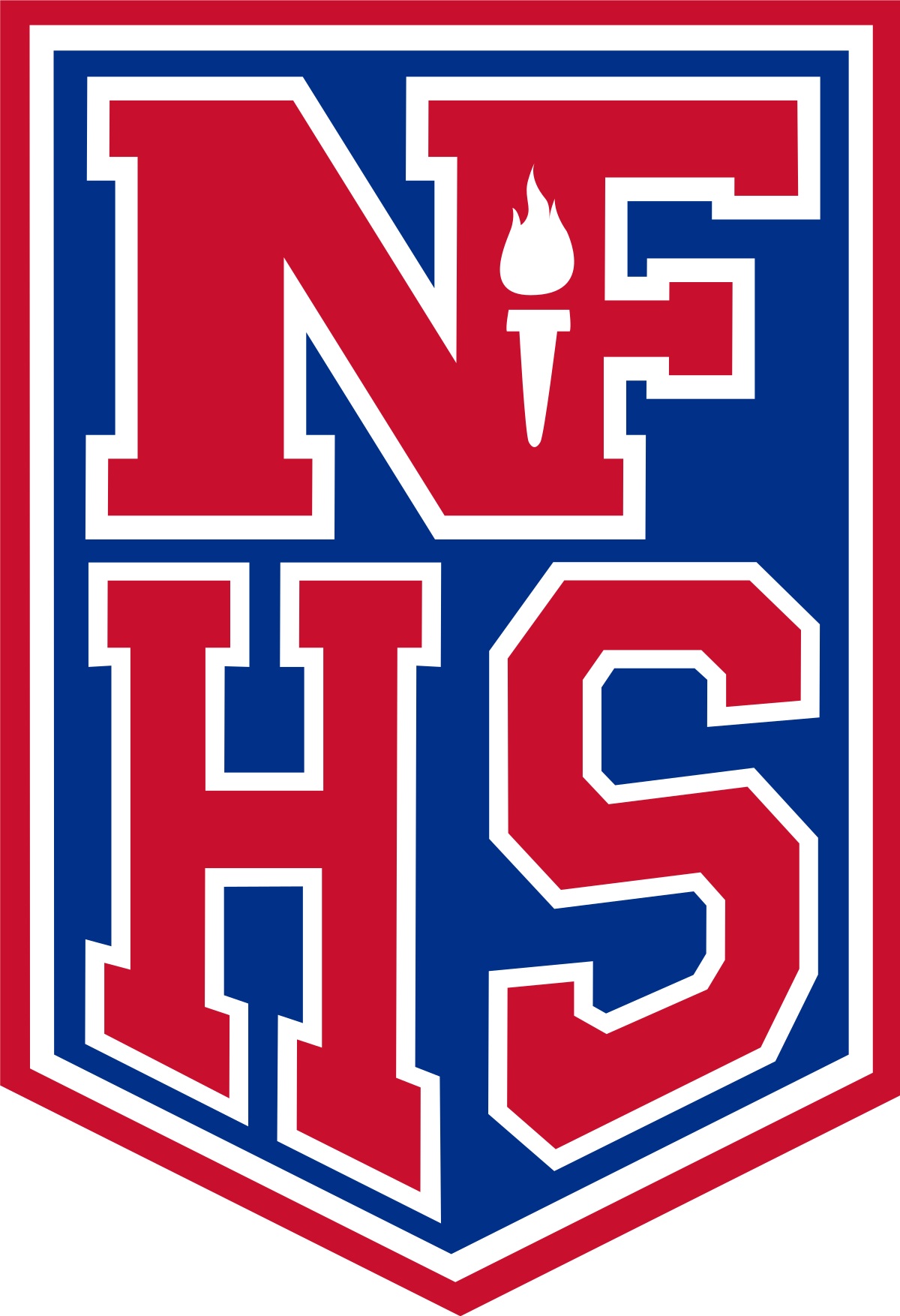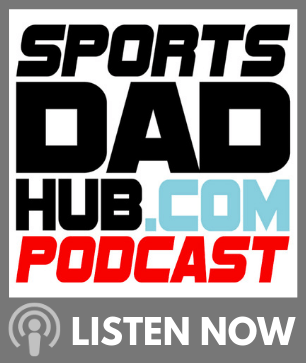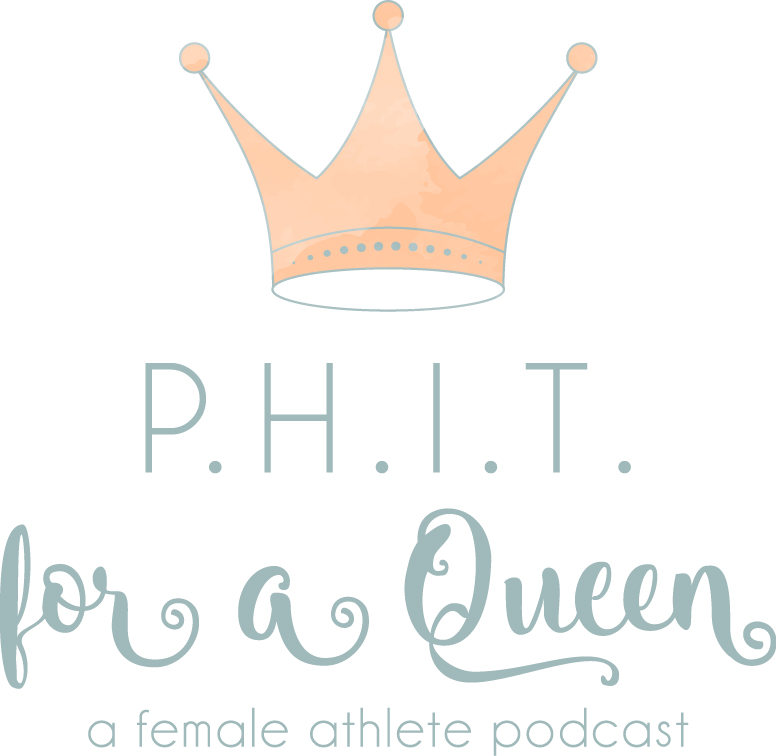Photo Credit Stan Grossfeld/Boston Globe
The call came into my office in the dead of winter, at a time of year when baseball should only be looked forward to—not forced upon.
It had been the mom of a high school junior named Jared, a kid who stood a shot at having a future in baseball, something very few do. The only thing standing in his way? A torn ulnar collateral ligament in his elbow she was told required surgery—a surgery that also meant the inevitable possibility of ending Jared’s future before it began.
“Please… can you save my son’s arm?”
It wasn’t the first time a parent asked me that question, desperate to avoid what every doctor they spoke to previously claimed was unavoidable. But after looking at Jared’s arm, I told him his body could mend this. I described the process—and how the road ahead wouldn’t be easy. I told him that what I would ask him to do would seem unconventional at times, but it’s what his body needed to heal itself from within.
Jared committed himself to doing exactly what was asked of him. And about the time he would have been scheduled for surgery, Jared was back throwing again, making the playoffs at his high school just a few months later.
Jared wasn’t the first kid I saved from going under the knife—and he won’t be the last. But he was the one that reminded me that I couldn’t save all of them. That the best way to try the impossible was to educate parents about what ‘is’ possible. That a solution is needed to share with every young athlete in America. And not just the one I was lucky enough to repair and root for from the stands.
Right now, the injuries taking place in youth sports, particularly among high school athletes, now outnumber the professionals. These injuries go beyond jumper’s knee, Little League elbow, or any of the common aches and pains active kids sometimes experience. It’s now about significant damage to ligaments, tendons, and joints that require serious care—injuries from which many never come back.
What we’re looking at is an across-the-board, all-sport, injury epidemic, with kids today finding themselves needing medical intervention at younger and younger ages when surgery and rehab shouldn’t be words in their vocabulary—because times have changed.
Behind the scenes—and in most cases, right in front of our very eyes—our children are being put through a gauntlet of coaches, camps, and countless lessons unnecessarily. What was once meant to be played for a ‘season’ is now pushed 24/7, 365 days a year. All courtesy of, among other things:
- New ‘select teams’ that extend a child’s time playing the game
- Coaches and parents who believe ‘more is better’ when it comes to practice
- Indoor facilities and elite showcases that encourage kids to train during the off-season and even year-round.
Youth sports may be leaving our kids over trained and less developed, but the culture of America also plays a role in contributing to the health issues being seen in young athletes both male and female across all types of sports.
- The American diet is leaving our children malnourished, overfed and improperly hydrated.
- The American lifestyle is not only affecting our youth’s activity level and posture, but causing them to be less aware, overstimulated, and disconnected from certain vital physiological and neurological responses that promote healing.
- The American dream has caused parents to believe that any child can become a superstar athlete. All it takes to make their dreams come true is to push them hard enough.
The bodies of many of today’s young athletes aren’t keeping up—they’re giving up. But I’m not giving up on your young athlete—and neither should you.
My name used to be associated to a legendary MLB pitcher—my Dad. But today, it’s more associated to a surgery (Tommy John Surgery), a procedure that’s performed on more 15 to 19-year old athletes than pro athletes. A procedure among many others that our children should not be having—and it’s time for this crisis to stop.
My mission is to return the name Tommy John to something positive again. So that one day, when you hear the name ‘Tommy John’, you’ll remember my Dad—and the son that revealed a set of principles that not only spared your child from injury, but allowed him or her to reach their greatest potential in life.




























































































































